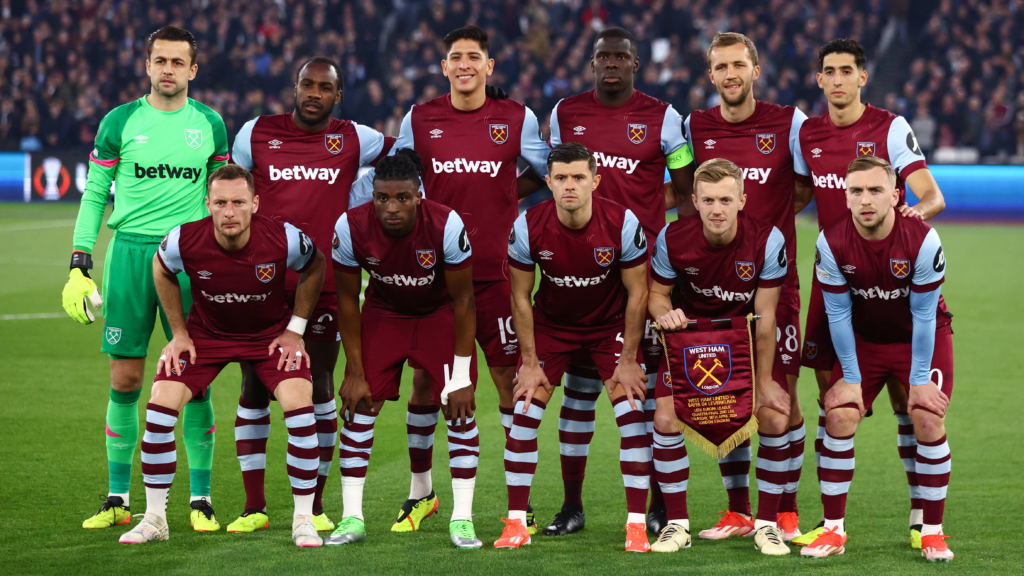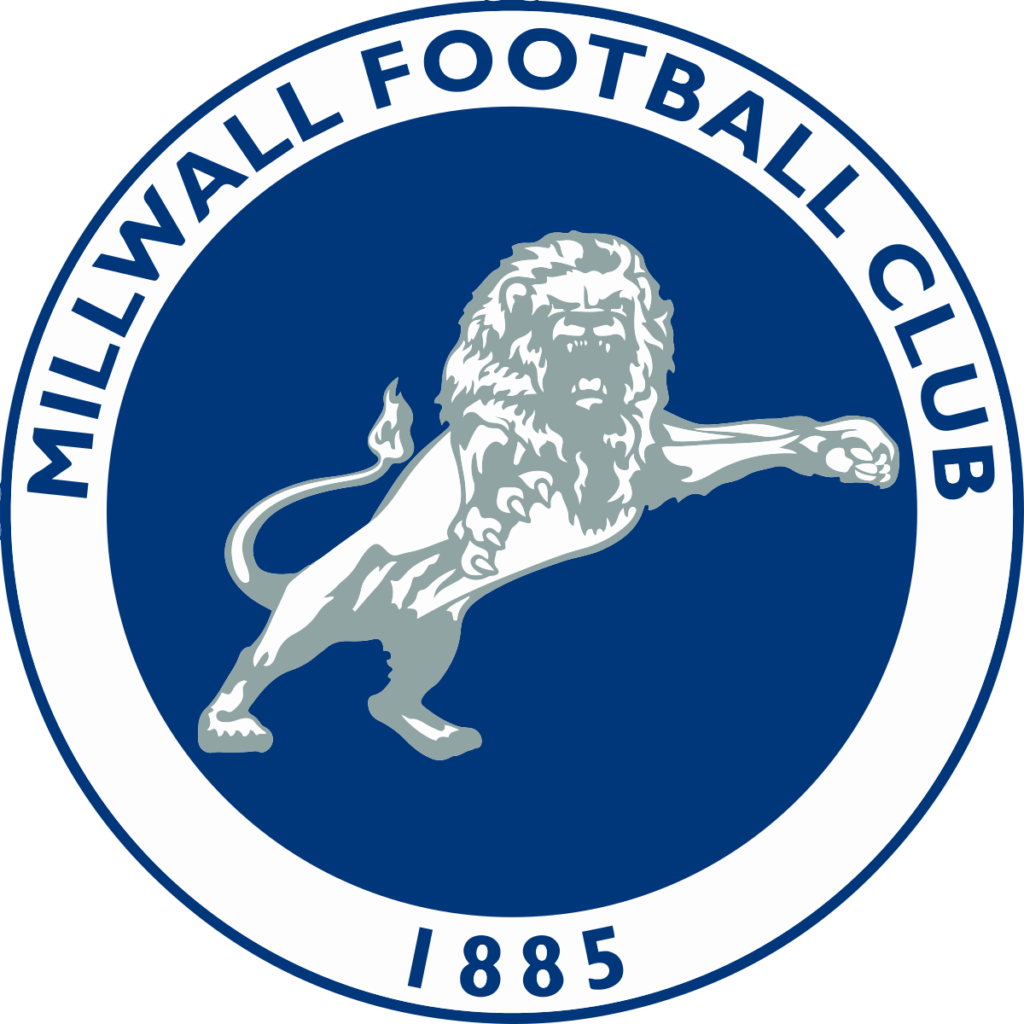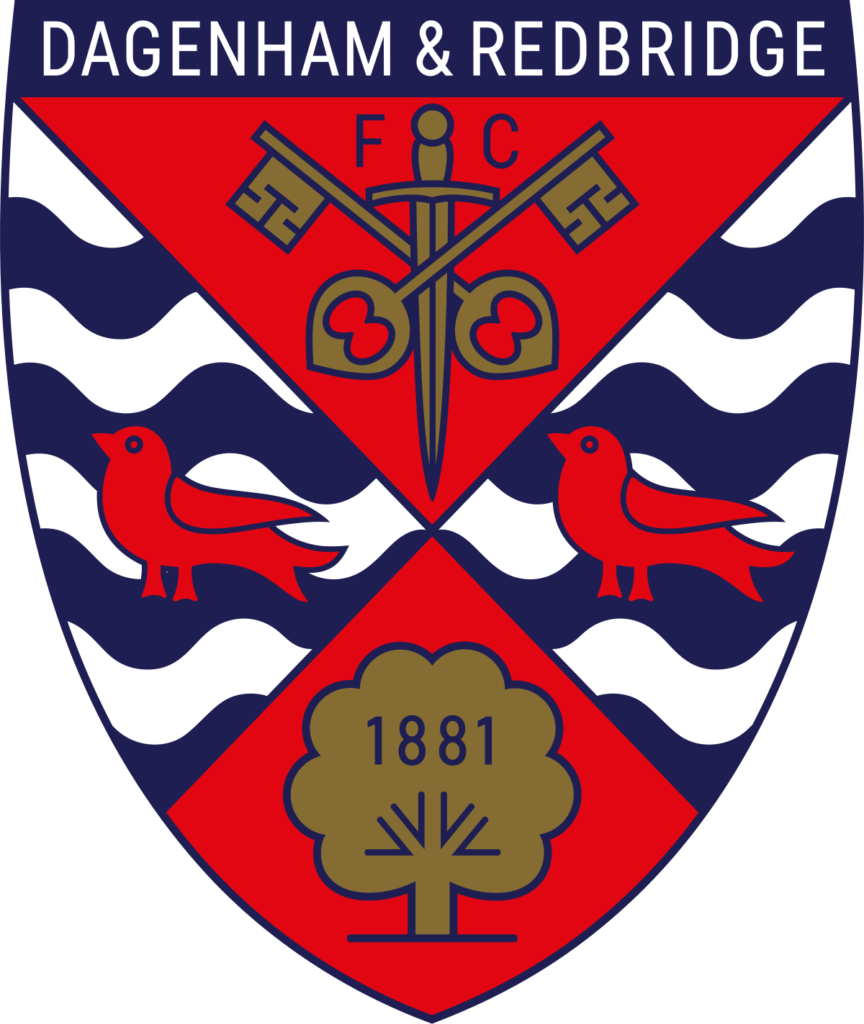East London, a region known for its strong working-class heritage, vibrant communities, and rapid regeneration, also boasts a rich and often fiery footballing history. The East London Derby is primarily defined by one of the most infamous rivalries in English football, that between West Ham United and Millwall, a conflict steeped in a unique industrial and social history. Additionally, a more contemporary but significant local rivalry exists between Leyton Orient and Dagenham & Redbridge. This article comprehensively explores each team involved, their shared histories that forged these compelling East London derbies, and key statistics from their encounters.

Westham vs Millwall Saturday 4 February 2012: Source
The Unrivalled Intensity: West Ham United vs. Millwall (The Dockers Derby)
This is the most potent and historically fraught of all East London Derbies. Its roots are deeply entwined with the industrial life of the Thames and the differing allegiances of workers in the late 19th century.
1. West Ham United

West Ham United FC v Bayer 04 Leverkusen: Quarter-Final Second Leg – UEFA Europa League 2023/24 | Marc Atkins/GettyImages
- Club History: Founded in 1895 as Thames Ironworks F.C., the club was reformed as West Ham United in 1900. Originally based in Canning Town, East London, they played at the Boleyn Ground (Upton Park) from 1904 until 2016, when they moved to the London Stadium in Stratford. West Ham is famed for its “Academy of Football,” which has produced numerous England internationals and World Cup winners, including Bobby Moore, Geoff Hurst, and Martin Peters. The club’s identity is strongly associated with a traditional, attacking style of play and a passionate, working-class fanbase.
- Key Players/Legends: Bobby Moore, Geoff Hurst, Martin Peters, Billy Bonds, Trevor Brooking, Mark Noble.
- Major Honours: FA Cup (3), European Cup Winners’ Cup (1), UEFA Europa Conference League (1), Intertoto Cup (1).
- Derby Dynamic: For West Ham fans, the Millwall rivalry is visceral and deep-seated. While they also hold strong rivalries with Tottenham and Chelsea due to frequent Premier League clashes, the Millwall derby is often seen as a fundamental fight for historical pride and dominance in the East End.
2. Millwall FC

Millwall Football Club Logo: Source
- Club History: Founded in 1885 as Millwall Rovers by workers of a jam factory on the Isle of Dogs, East London. In 1910, they moved south of the river to New Cross, and later to The Den in Bermondsey (1993). Millwall’s identity is built on a fiercely loyal fanbase and a reputation for being a tough, uncompromising side. Their famous chant, “No one likes us, we don’t care,” perfectly encapsulates their defiant and insular club culture.
- Key Players/Legends: Barry Kitchener, Teddy Sheringham, Tim Cahill, Neil Harris.
- Major Honours: Second Division (Championship) Champions (1), Third Division (League One) Champions (1), Fourth Division (League Two) Champions (1), Football League Trophy (1), FA Cup Runners-up (1).
- Derby Dynamic: Despite being geographically in South East London since 1910, Millwall’s historical roots and the shared industrial past with West Ham ensure this remains their fiercest and most hated rivalry. Matches are rare but always volatile, a symbolic clash of historical identities.
Their Shared History and Statistics: A Century of Contempt
The animosity between West Ham and Millwall is deeply ingrained, originating from the competitive and often harsh environment of the East London docklands.
- Industrial Roots (Late 19th Century): Both clubs were formed by workers from rival industrial firms on opposing sides of the River Thames – Thames Ironworks (West Ham) and a jam factory (Millwall Rovers). This foundational rivalry wasn’t just about football; it reflected real-world competition for contracts, labour, and influence between the dockyard companies, fostering animosity between their respective workforces and, by extension, their football teams.
- Early & Frequent Competitive Meetings (1899-1915): The first competitive clash occurred in the FA Cup on 9 December 1899, with Millwall Athletic winning 2-1 at Thames Ironworks’ Memorial Grounds. In the 16 years leading up to World War I, West Ham and Millwall played an astonishing 60 competitive matches, primarily in the Southern and Western Football Leagues. This intense frequency, combined with their close geographical proximity (less than three miles apart at the time), solidified the mutual dislike. Millwall often held the upper hand in these early encounters.
- Notable Early Match: 2 April 1903, Millwall delivered their largest victory over West Ham, a dominant 7-1 win in a Southern Professional Charity Cup semi-final.
- The General Strike of 1926: This national industrial action is often cited as a pivotal moment that cemented the hatred. While many West Ham supporters, as dockers, joined the strike, a significant portion of Millwall’s fanbase was accused of working through the strike, leading to accusations of betrayal and deepening the class-based and industrial dimensions of the rivalry.
- Post-War Shifts and Diverging Fortunes: After World War II, both clubs joined the Football League, but their paths often diverged. West Ham frequently played in the top divisions, enjoying cup successes in the 1960s and 70s. Millwall, while experiencing periods in the Second Division, spent more time in the lower leagues. This meant competitive league fixtures became rarer, leading to long gaps where the rivalry was kept alive primarily by fierce animosity among fans rather than on-pitch encounters.
- Their most recent highly publicized meeting was on 25 August 2009 in the League Cup at Upton Park, which West Ham won 3-1 after extra time. However, the match was infamously marred by widespread pre-match and in-stadium violence, including a stabbing. Their last competitive league match was on 4 February 2012 in the Championship, with West Ham winning 2-1 at home.
- The Hooliganism Era (1970s-1990s): This period saw the rivalry tragically escalate into widespread football hooliganism. The “Inter City Firm” (ICF) of West Ham and the “Millwall Bushwackers” became two of England’s most notorious hooligan groups. Their clashes, often characterized by extreme violence, tragically led to fatalities and numerous injuries, bringing the derby an infamous national reputation that endures today. Incidents like the 1972 Harry Cripps testimonial (a match intended to celebrate a player that descended into chaos) and the 2009 League Cup tie stand as grim testament to this dark chapter in their shared history.
West Ham United vs. Millwall: Head-to-Head Statistics (All Competitive Matches)
- Total Meetings: 99
- Millwall Wins: 38
- West Ham United Wins: 34
- Draws: 27
- Goals Scored (Millwall): 141
- Goals Scored (West Ham United): 140
- Largest Victory (Millwall): Millwall Athletic 7-1 Thames Ironworks (Southern Professional Charity Cup, 2 April 1903)
- Largest Victory (West Ham United): West Ham United 5-0 Millwall Athletic (Western League, 1904, though 3-0 in their first ever game at Upton Park in 1904 was significant)
- All-time Top Scorer in the Derby: Alf Twigg (Millwall) with 10 goals.
Other East London Derbies: Leyton Orient vs. Dagenham & Redbridge
While lacking the infamous history of the Dockers Derby, the rivalry between Leyton Orient and Dagenham & Redbridge is a significant local clash for fans in the northern and eastern parts of the East London region.
Leyton Orient

- Club History: One of London’s oldest football clubs, founded in 1881 as Glyn Cricket Club and eventually becoming Leyton Orient in 1888. They have played at Brisbane Road (now known as Gaughan Group Stadium for sponsorship reasons) in Leyton since 1937. Orient have spent much of their history in the lower divisions, with periods in the Second Tier. They are known for their strong community ties and a passionate, loyal fanbase that endured a turbulent ownership period in the late 2010s.
- Key Players/Legends: Richard McFadden (WWI hero), Peter Kitchen, John Mackie, Scott Cuthbert.
- Major Honours: Third Division South Champions (1), Third Division Champions (1), Fourth Division (League Two) Champions (1), National League Champions (1).
- Derby Dynamic: For Leyton Orient, Dagenham & Redbridge represents a significant local rival, particularly when both clubs are in the same league. Their matches are often fiercely competitive, reflecting the desire of both clubs to be the most successful non-Premier League side in the immediate East London area.
Dagenham & Redbridge FC

Dagenham & Redbridge F.C.:Source
- Club History: A relatively young club in its current form, Dagenham & Redbridge was established in 1992 through the merger of two long-standing amateur clubs, Dagenham FC and Redbridge Forest (which itself was an amalgamation of Ilford, Leytonstone, and Walthamstow Avenue). They play at Victoria Road in Dagenham. The club rose through the non-league pyramid to achieve Football League status in 2007, and even reached League One for a season in 2010-11, before returning to the National League.
- Key Players/Legends (from the merged entity): Paul Benson, Scott Doe, Paul McCallum.
- Major Honours: Football Conference (National League) Champions (1), Isthmian League Premier Division Champions (1), League Two Play-off Winners (1).
- Derby Dynamic: Dagenham & Redbridge views Leyton Orient as a key local rival, especially when both clubs are in the same league. The geographical proximity and shared ambition to climb the football pyramid ensure these games are always hotly contested by the local communities they represent.
Their Shared History and Statistics: A Modern Local Contest
The rivalry between Leyton Orient and Dagenham & Redbridge is more recent, evolving from the natural competition of clubs sharing a close geographical area and often competing in the same divisions of the football pyramid.
- Post-Merger Development (1992 onwards): With Dagenham & Redbridge’s formation in 1992, the stage was set for regular encounters with Leyton Orient. Their first competitive meeting as merged entities was in the FA Cup on 14 November 1992, a thrilling 5-4 victory for Orient at Victoria Road, immediately establishing a competitive precedent for the East London Derby.
- Parallel Journeys Through the Leagues: Both clubs have often found themselves vying for position in League Two and the National League. This shared journey means their league encounters are crucial, often having implications for promotion or relegation battles. This context elevates the importance of their derby matches beyond mere local bragging rights.
- Local Pride and Community Identity: The rivalry is underpinned by the pride of the distinct East London boroughs they represent. For fans, these games are direct contests for local supremacy, providing intense atmospheres even in the lower leagues. The nature of these encounters tends to be passionate but generally free from the historical animosity and violence associated with the Millwall-West Ham rivalry, focusing more purely on the footballing contest.
Leyton Orient vs. Dagenham & Redbridge: Head-to-Head Statistics (All Competitive Matches)
- Total Meetings: 23 (since 1992 merger)
- Leyton Orient Wins: 10
- Dagenham & Redbridge Wins: 5
- Draws: 8
- Goals Scored (Leyton Orient): 33
- Goals Scored (Dagenham & Redbridge): 23
- Largest Victory (Leyton Orient): Dagenham & Redbridge 1-4 Leyton Orient (EFL Trophy, 15 October 2003) & Dagenham & Redbridge 4-5 Leyton Orient (FA Cup, 14 November 1992)
- Largest Victory (Dagenham & Redbridge): Dagenham & Redbridge 3-2 Leyton Orient (EFL Trophy, 16 October 2001) & Leyton Orient 1-3 Dagenham & Redbridge (League Two, 15 August 2015)
- Top Scorer in this Derby: Jay Simpson (Leyton Orient) with 4 goals.
The East London Derbies Tapestry
The East London Derby, in its various forms, showcases the diverse nature of London football. From the deeply ingrained and often volatile animosity between West Ham and Millwall, rooted in industrial history, to the more contemporary and community-focused battles involving Leyton Orient and Dagenham & Redbridge, these derbies are fundamental to the identity and passion of football fans in this historic part of London. Each club, with its unique story and shared history of competition, contributes to a rich footballing tapestry that continues to captivate and divide communities.

